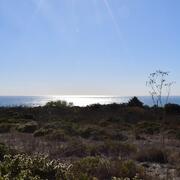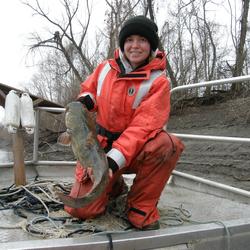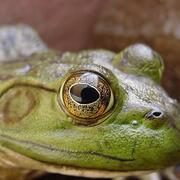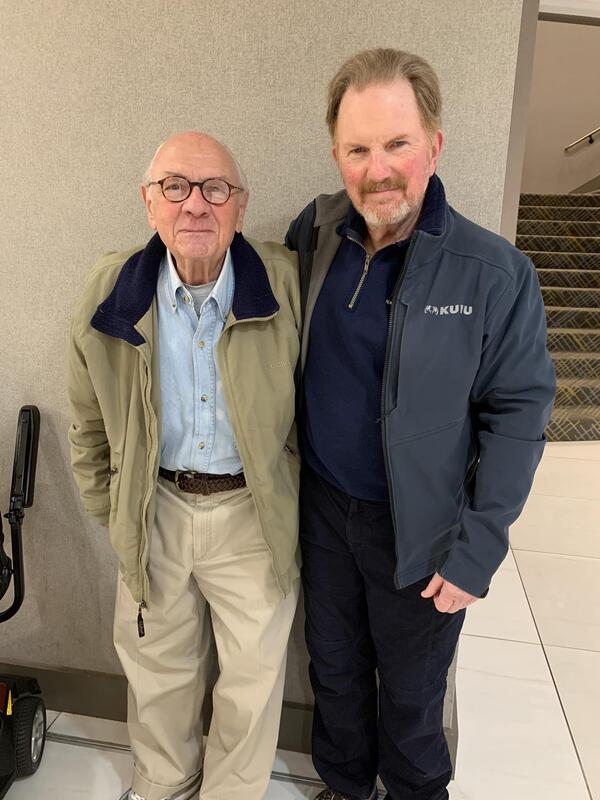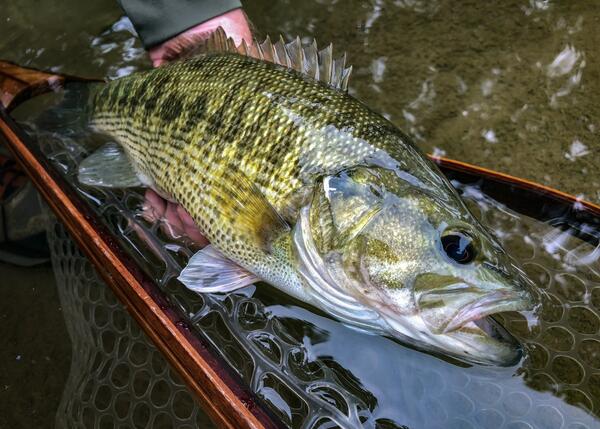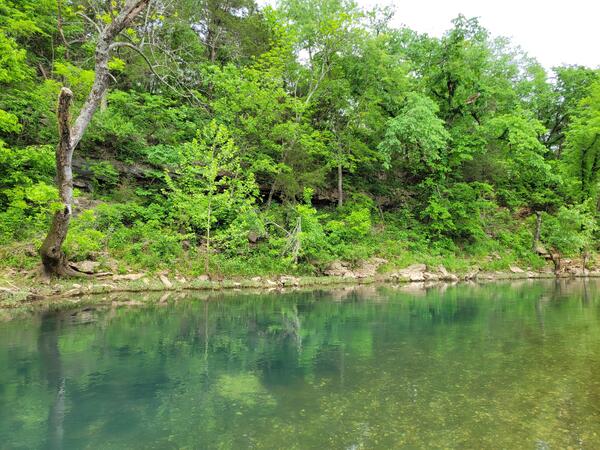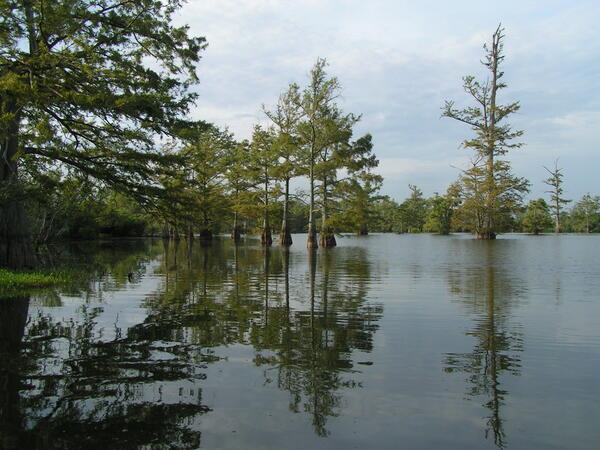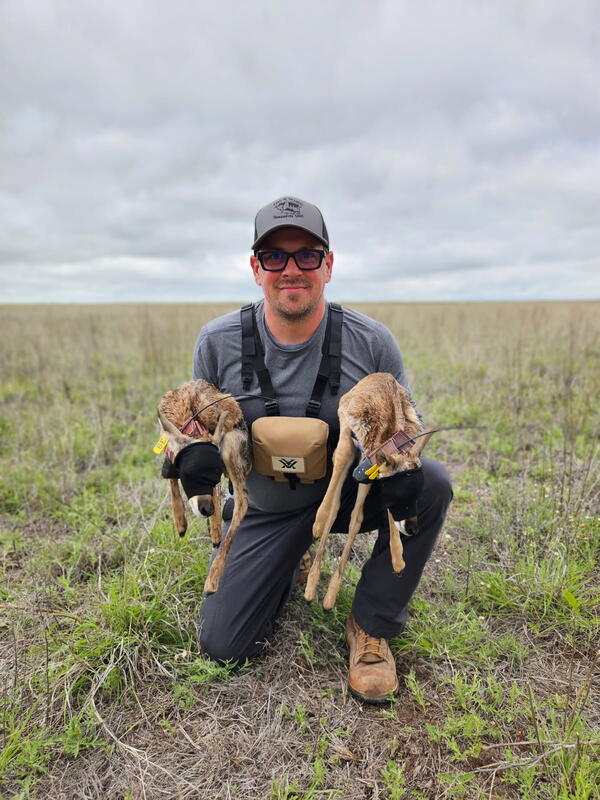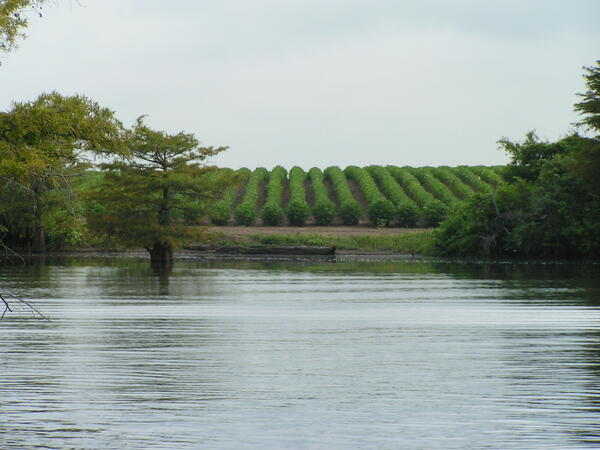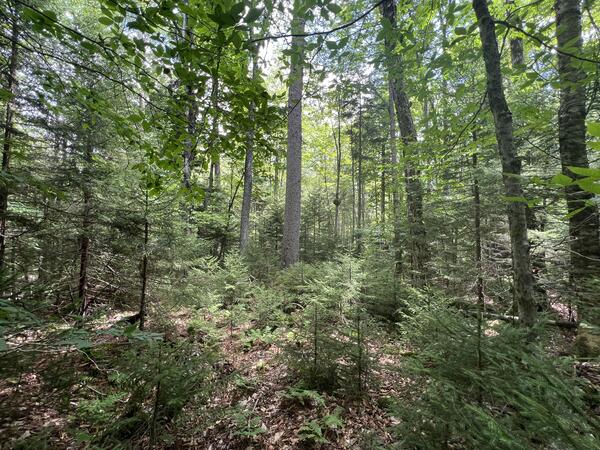Research
Technical Assistance
Graduate education
Cooperative Research Units
Our website is currently undergoing a major update. Be sure to visit regularly for the latest enhancements. Last updated September 15, 2025.
Established in 1935 at Iowa State University, our mission is our hallmark: to work with University students to develop the conservation workforce, help decision-makers make complex conservation decisions, and provide technical assistance between natural resource agencies and universities. We support 43 units located in 41 States, at 44 host universities. Our Program Office is in Reston, Virginia.





